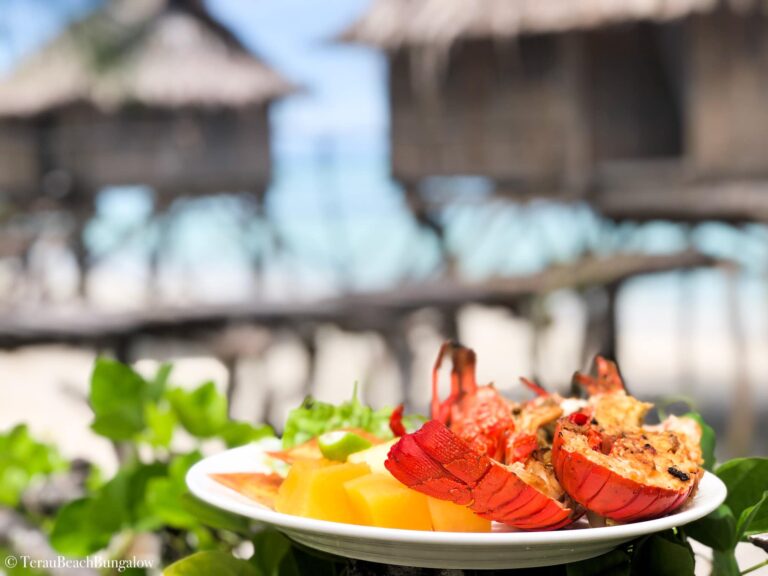Introduction: Kiribati’s culinary traditions
Kiribati is an island nation located in the Pacific Ocean. Its cuisine reflects the cultural and environmental influences of the region. The country’s traditional dishes use local ingredients such as fish, taro, breadfruit, and coconut. Kiribati cuisine is unique and has been influenced by neighboring countries such as Fiji, Samoa, and Tuvalu.
The importance of coconut in Kiribati culture
Coconut is a vital ingredient in Kiribati cuisine and culture. The coconut tree is known as the “tree of life” in Kiribati because it provides food, shelter, and other essential resources to the islanders. The coconut is used in many ways in Kiribati, including cooking, building, and handicrafts. The tree’s leaves and bark are used to make baskets, mats, and roofing materials.
Common ingredients in Kiribati cooking
Kiribati cuisine uses a variety of ingredients, including seafood, root vegetables, fruits, and coconut. Fish is a significant part of the Kiribati diet, and it is usually served grilled or in stews. Root vegetables such as taro and cassava are used in savory dishes, while fruits such as bananas and papayas are used in sweet dishes. Coconut is used in both savory and sweet dishes and is a staple in Kiribati cooking.
Coconut in savory dishes: examples and recipes
Coconut is used in many savory dishes in Kiribati. One popular dish is ika mata, which is raw fish marinated in coconut milk and lime juice. Another dish is kaimata, which is boiled taro leaves mixed with coconut cream and coconut oil. Coconut is also used in stews and curries. One example is kopai, which is a seafood stew made with coconut milk, taro, and breadfruit.
Coconut in sweet dishes: examples and recipes
Coconut is also used in sweet dishes in Kiribati. One popular dessert is maneapa, which is a coconut pudding made with coconut milk, sugar, and cornstarch. Another dessert is bua, which is a sweet coconut cream pudding served with fruit. Coconut is also used in cakes and pastries. One example is bote, which is a coconut cake made with coconut milk, flour, and sugar.
Conclusion: coconut, a staple of Kiribati cuisine
Coconut is a vital ingredient in Kiribati cuisine and culture. It is used in both savory and sweet dishes and is a staple in Kiribati cooking. The coconut tree provides essential resources to the islanders, and its importance is reflected in the country’s culinary traditions. Kiribati cuisine is unique and has been influenced by neighboring countries, but coconut remains a constant ingredient in many of its dishes.

